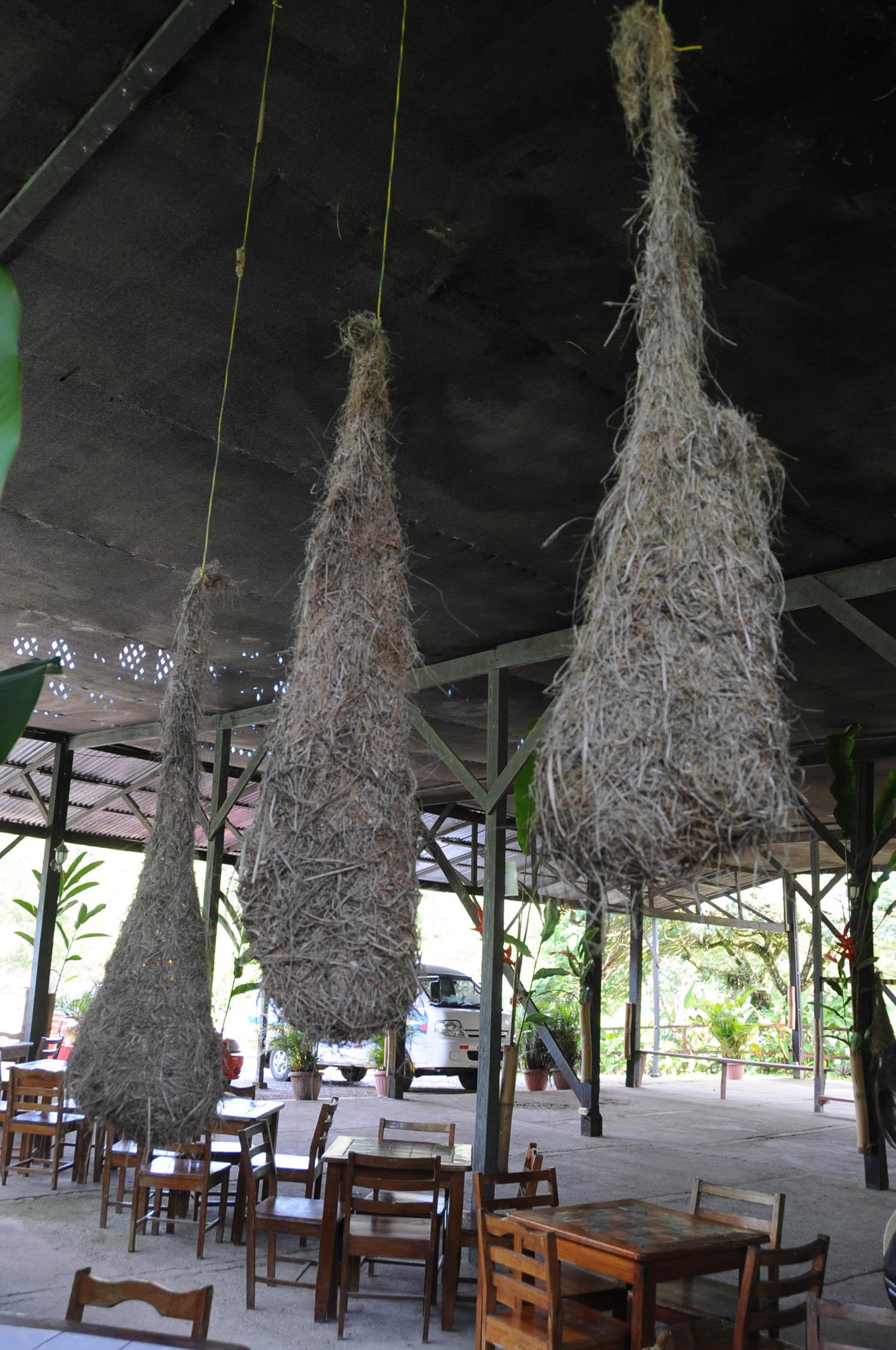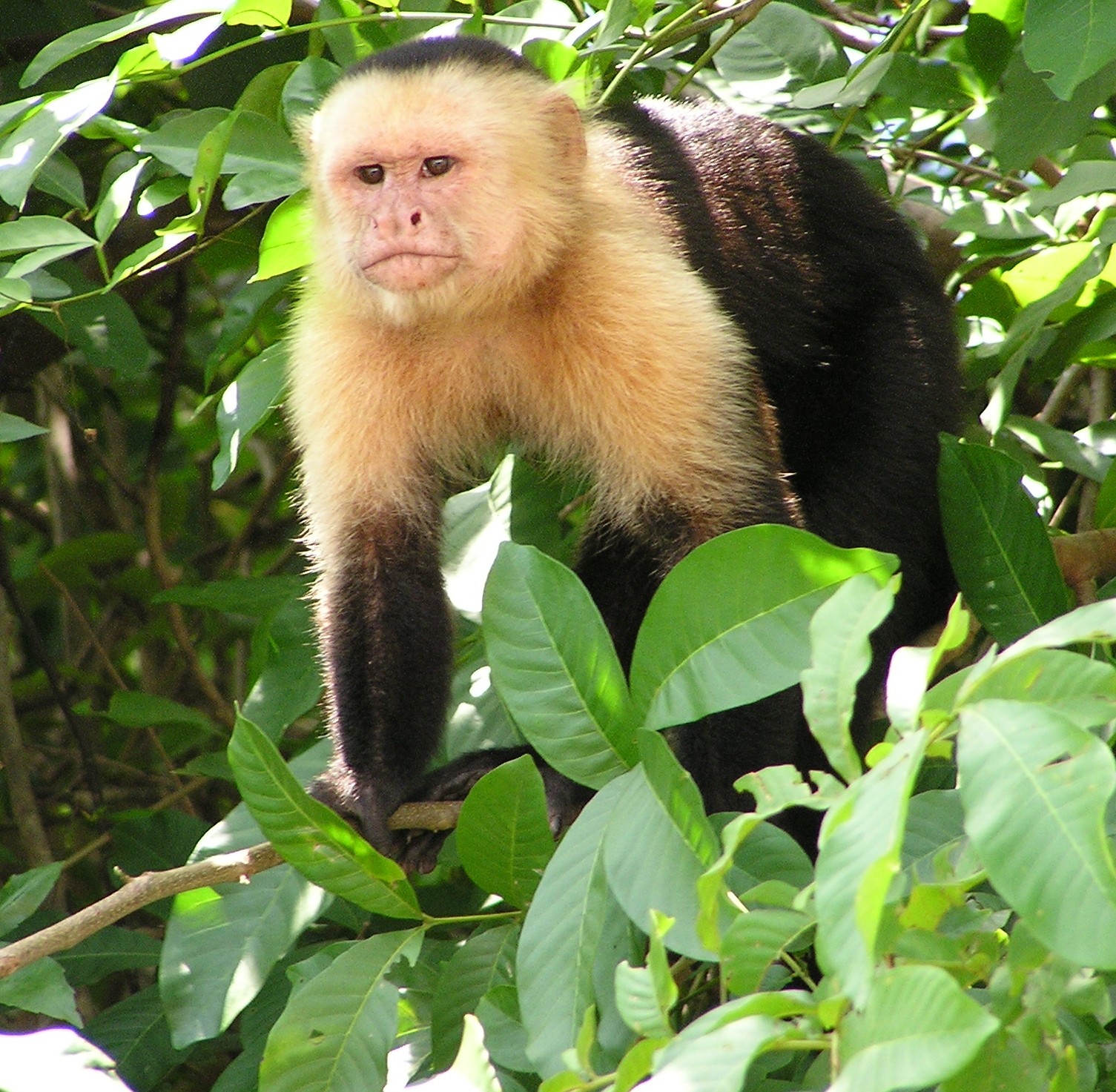|
Laguna De Apoyo
Laguna de Apoyo Nature Reserve ( Spanish: ''Reserva Natural Laguna de Apoyo'') is a nature reserve located between the departments of Masaya and Granada in Nicaragua. Lake Apoyo was declared a nature reserve in 1991 and is managed by the Ministry of the Environment and Natural Resources (MARENA) and comprises one of 78 protected areas of Nicaragua. Activities within the Laguna de Apoyo Nature Reserve are regulated by its management plan, approved in 2010, which prohibits the construction of housing within the reserve and use of motorized vehicles on the lake. Geological data suggests that Lake Apoyo originated about 23,000 years ago. Geography and hydrology The Apoyo Lagoon Natural Reserve protects a volcanic lake, Laguna de Apoyo, and its drainage basin. Laguna de Apoyo is an endorheic lake occupying the caldera of an extinct volcano. The lake is approximately round with the diameter of 6.6 km. It is 175 m deep and occupies an area of 19.44 km2. The lake's drainag ... [...More Info...] [...Related Items...] OR: [Wikipedia] [Google] [Baidu] |
Orchids
Orchids are plants that belong to the family Orchidaceae (), a diverse and widespread group of flowering plants with blooms that are often colourful and fragrant. Along with the Asteraceae, they are one of the two largest families of flowering plants. The Orchidaceae have about 28,000 currently accepted species, distributed in about 763 genera. (See ''External links'' below). The determination of which family is larger is still under debate, because verified data on the members of such enormous families are continually in flux. Regardless, the number of orchid species is nearly equal to the number of bony fishes, more than twice the number of bird species, and about four times the number of mammal species. The family encompasses about 6–11% of all species of seed plants. The largest genera are ''Bulbophyllum'' (2,000 species), ''Epidendrum'' (1,500 species), ''Dendrobium'' (1,400 species) and ''Pleurothallis'' (1,000 species). It also includes ''Vanilla'' (the genus of the ... [...More Info...] [...Related Items...] OR: [Wikipedia] [Google] [Baidu] |
Falcon
Falcons () are birds of prey in the genus ''Falco'', which includes about 40 species. Falcons are widely distributed on all continents of the world except Antarctica, though closely related raptors did occur there in the Eocene. Adult falcons have thin, tapered wings, which enable them to fly at high speed and change direction rapidly. Fledgling falcons, in their first year of flying, have longer flight feathers, which make their configuration more like that of a general-purpose bird such as a broad wing. This makes flying easier while learning the exceptional skills required to be effective hunters as adults. The falcons are the largest genus in the Falconinae subfamily of Falconidae, which itself also includes another subfamily comprising caracaras and a few other species. All these birds kill with their beaks, using a tomial "tooth" on the side of their beaks—unlike the hawks, eagles, and other birds of prey in the Accipitridae, which use their feet. The largest fal ... [...More Info...] [...Related Items...] OR: [Wikipedia] [Google] [Baidu] |
Oropendola
Oropendolas are a genus of passerine birds, ''Psarocolius'', in the New World blackbird family Icteridae. They were formerly split among two or three different genera and are found in Central and South America. All the oropendolas are large birds with pointed bills, and long tails which are always at least partially bright yellow. Males are usually larger than females. The plumage is typically chestnut, dark brown or black, although the Green oropendola and olive oropendola have, as their names imply, an olive coloration to the head, breast and upper back. The legs are dark, but the bill is usually a strikingly contrasting feature, either pale yellow, or red-tipped with a green or black base. In several species there is also a blue or pink bare cheek patch. Oropendolas are birds associated with forests or, for a few species, more open woodland. They are colonial breeders, with several long woven basket nests in a tree, each hanging from the end of a branch. These gregarious bi ... [...More Info...] [...Related Items...] OR: [Wikipedia] [Google] [Baidu] |
Common Boa
The boa constrictor (scientific name also ''Boa constrictor''), also called the red-tailed boa, is a species of large, non-venomous, heavy-bodied snake that is frequently kept and bred in captivity. The boa constrictor is a member of the family Boidae, found in tropical South America, as well as some islands in the Caribbean. A staple of private collections and public displays, its color pattern is highly variable yet distinctive. Four subspecies are currently recognized. This article focuses on the species ''Boa constrictor'' as a whole, and on the nominate subspecies ''B. c. constrictor''. Common names Though all boids are constrictors, only this species is properly referred to as a "boa constrictor"—a rare instance of an animal having the same common English name and scientific binomial name. All subspecies are referred to as "boa constrictors", and are part of a diverse group of New World boas referred to as "red-tailed" boas, comprising species of both ''Boa constrictor'' ... [...More Info...] [...Related Items...] OR: [Wikipedia] [Google] [Baidu] |
Monkey
Monkey is a common name that may refer to most mammals of the infraorder Simiiformes, also known as the simians. Traditionally, all animals in the group now known as simians are counted as monkeys except the apes, which constitutes an incomplete paraphyletic grouping; however, in the broader sense based on cladistics, apes (Hominoidea) are also included, making the terms ''monkeys'' and ''simians'' synonyms in regards to their scope. In 1812, Geoffroy grouped the apes and the Cercopithecidae group of monkeys together and established the name Catarrhini, "Old World monkeys", ("''singes de l'Ancien Monde''" in French). The extant sister of the Catarrhini in the monkey ("singes") group is the Platyrrhini (New World monkeys). Some nine million years before the divergence between the Cercopithecidae and the apes, the Platyrrhini emerged within "monkeys" by migration to South America likely by ocean. Apes are thus deep in the tree of extant and extinct monkeys, and any of the ... [...More Info...] [...Related Items...] OR: [Wikipedia] [Google] [Baidu] |
White-faced Capuchin
White-faced capuchin, or white headed capuchin, can refer to either of two species of gracile capuchin monkey: * ''Cebus imitator'', the Panamanian white-faced capuchin, also known as the Panamanian white-headed capuchin or Central American white-faced capuchin * ''Cebus capucinus'', the Colombian white-faced capuchin The Colombian white-faced capuchin (''Cebus capucinus''), also known as the Colombian white-headed capuchin or Colombian white-throated capuchin, is a medium-sized New World monkey of the family Cebidae, subfamily Cebinae. It is native to the ext ..., also known as the Colombian white-headed capuchin There are 2 subspecies of Colombian white-headed capuchin: * ''C. c. capucinus'' * ''C. c. curtus'' (Gorgona white-headed capuchin) ''C. imitator'' has a range in Central America, in Honduras, Nicaragua, Costa Rica and Panama. The range of ''C. capucinus'' is primarily in South America, in western Colombia and northwest Ecuador, although its range extends into th ... [...More Info...] [...Related Items...] OR: [Wikipedia] [Google] [Baidu] |
Howler Monkey
Howler monkeys (genus ''Alouatta'', monotypic in subfamily Alouattinae) are the most widespread primate genus in the Neotropics and are among the largest of the platyrrhines along with the muriquis (''Brachyteles''), the spider monkeys (''Ateles'') and woolly monkeys (''Lagotrix''). These monkeys are native to South and Central American forests. They are famous for their loud howls, which can travel more than a mile through dense rain forest. Fifteen species are recognized. Previously classified in the family Cebidae, they are now placed in the family Atelidae. They are primarily folivores but also significant frugivores, acting as seed dispersal agents through their digestive system and their locomotion. Threats include human predation, habitat destruction, and capture for pets or zoo animals. Classification * ''A. palliata'' group ** Coiba Island howler, ''Alouatta coibensis'' *** ''Alouatta coibensis coibensis'' *** Azuero howler, ''Alouatta coibensis trabeata'' ** Mantled h ... [...More Info...] [...Related Items...] OR: [Wikipedia] [Google] [Baidu] |
Jaguarundis
The jaguarundi (''Herpailurus yagouaroundi'') is a wild cat native to the Americas. Its range extends from central Argentina in the south to northern Mexico, through Central and South America east of the Andes. The jaguarundi is a medium-sized cat of slender build. Its coloration is uniform with two color morphs, gray and red. It has an elongated body, with relatively short legs, a small, narrow head, small, round ears, a short snout, and a long tail, resembling mustelids in these respects. It is about twice as large as a domestic cat (''Felis catus''), reaching nearly at the shoulder, and weighs . Secretive and alert, the jaguarundi is typically solitary or forms pairs in the wild, though captive individuals are more gregarious. Unlike other sympatric cats such as the ocelot, the jaguarundi is more active during the day and hunts mainly during daytime and evening hours. Individuals live in large home ranges, and are sparsely distributed within a region. The jaguarundi i ... [...More Info...] [...Related Items...] OR: [Wikipedia] [Google] [Baidu] |







.jpg)